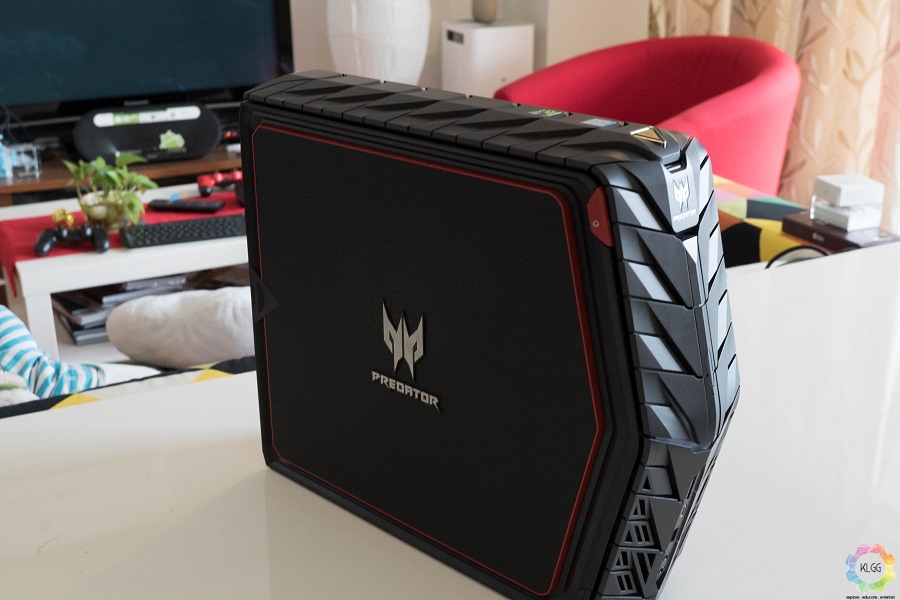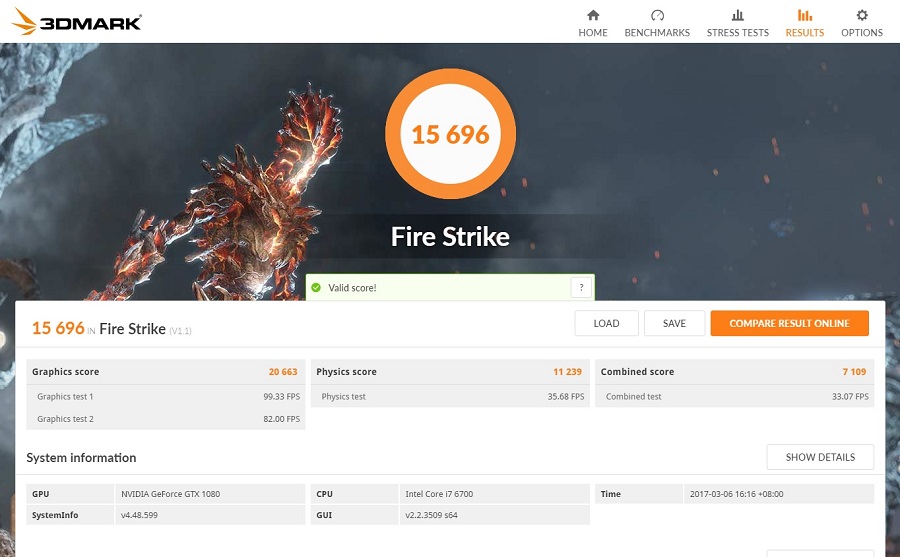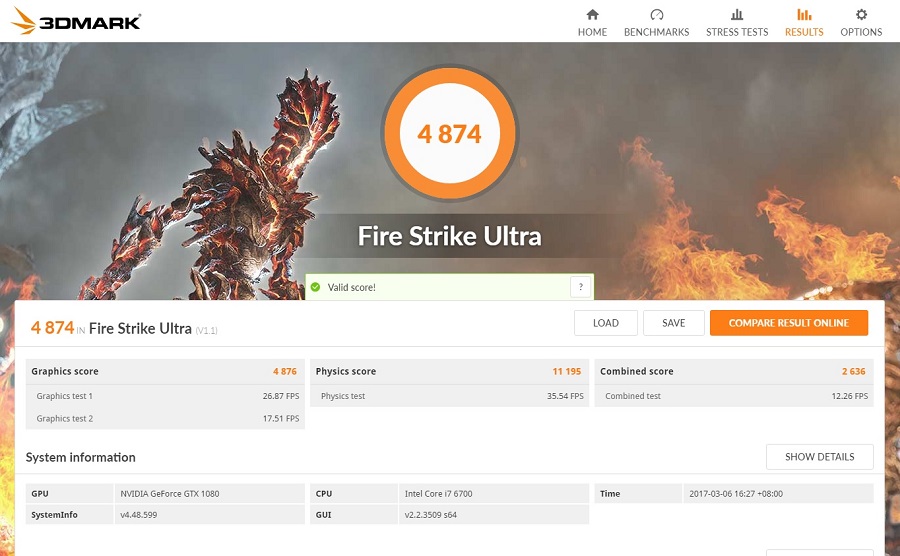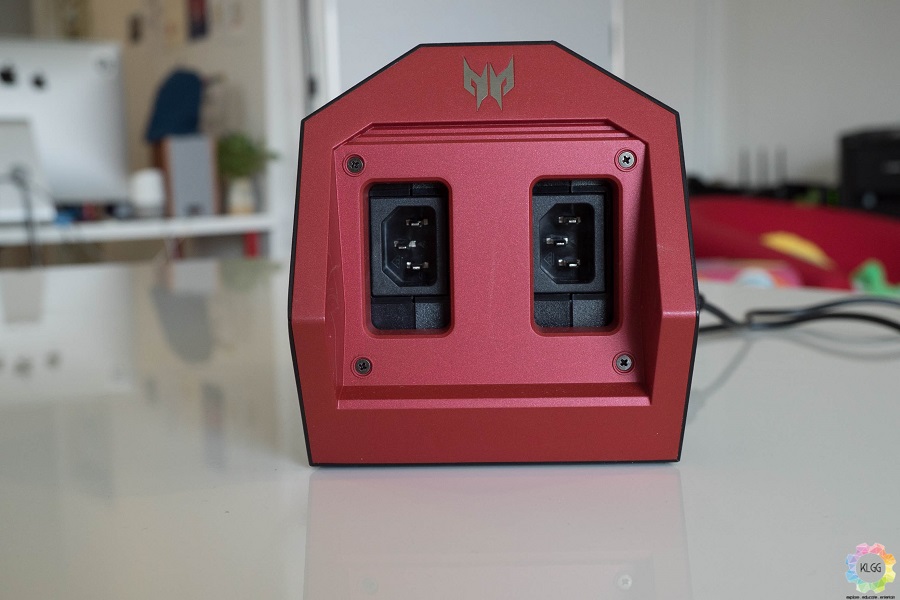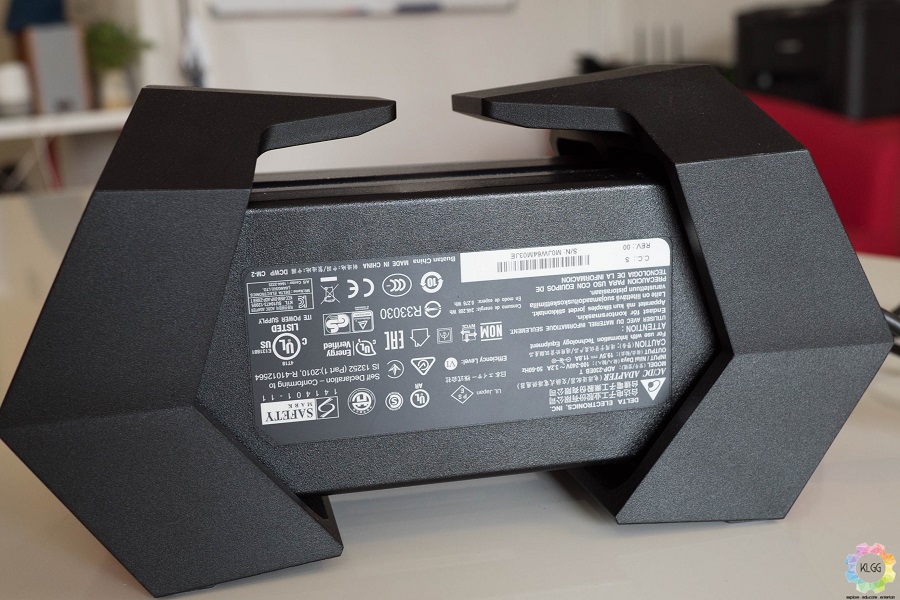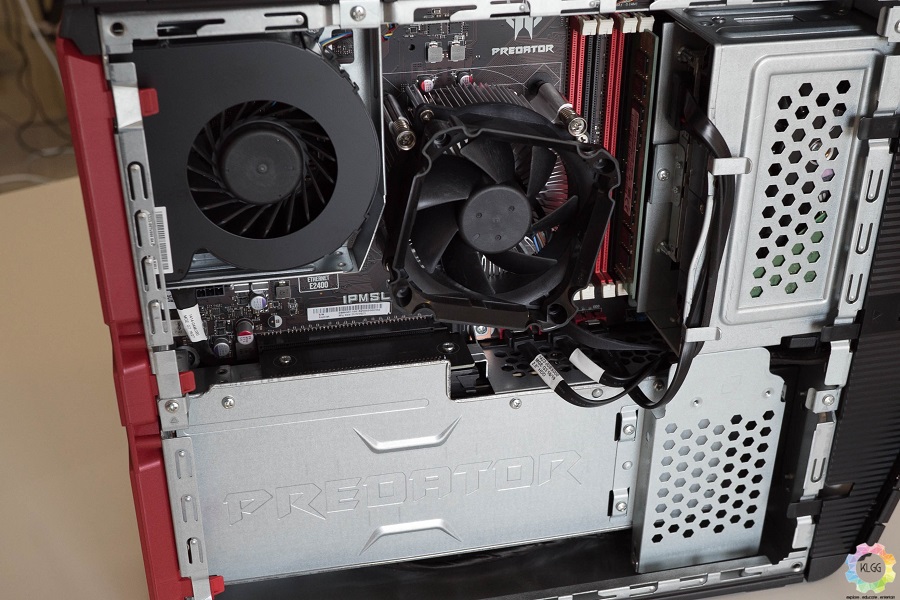Mention the word ‘desktop’ to other people and chances are good that the first image that comes to mind is a big rectangular block of metal. Traditionally speaking, desktops aren’t exactly synonymous with the term ‘portable’, and considering how much portability is a key requirement these days, it isn’t too surprising that the gaming laptop market is as big a deal as it is today.
But what if you could shrink your regular desktop into a much more portable size? That is the concept behind the Predator G1, a small form factor gaming desktop that doesn’t take up too much space and is rather portable by itself. Of course, being portable is just one out of two criteria that the Predator G1 must fulfill if we are to take its gaming credentials seriously. So how does this thing fare? Let’s find out.
Design
Let’s get straight to the point: the Predator G1 is small. By itself, the desktop is many times thinner and shorter than your average desktop machine. Is it the thinnest desktop of its class? Unfortunately, no. While there is no denying that the Predator G1 is small, some other machines out there, like say ASUS’s GR8 machines, are smaller than it. Nevertheless, the G1 is small enough that you can lug it around inside a wheeled suitcase, of which the G1 has its own custom made suitcase. While the Predator G1 is a small machine, you should probably know that the machine is by no means light. The Predator G1 is a relatively heavy machine for something of its size, and you would be mistaken if you believed that you can lift the thing up without any effort on your part.
Aside from the size and weight of the G1 though, everything else about it just screams gaming desktop. To the aggressive tank-thread style design that it sports, to the RGB lights embedded at various parts of the machine, the G1 manages to tick all of the boxes in the “gaming machine design” checklist. At the top of the G1, you’ll find twin hinges that can be spread open to hook your headphones onto the desktop when not in use, and the disk tray lies hidden in the center of the machine. Just below said tray, you’ll find an SD Card slot, a USB port, and audio and microphone jacks.
Performance
Much like many other desktops build by OEMs, the Predator G1 comes in a few configurations. The model that I’ve gotten for review comes with an Intel Core i7-6700 processor, 16GB of DDR4 RAM, a 128GB SSD, a 2TB HDD, and a Nvidia GeForce GTx 1080 graphics card.
In short, the Predator G1 is well equipped to handle most of your modern gaming needs, although we’ll get to that a bit later.
Benchmarks
Usability
Thanks to the powerful components that Acer has outfitted the Predator G1 with, gaming with this machine will be smooth sailing for the most part. The machine handles 1080p gaming with little effort, it does 1440p gaming well too. If you have an Oculus Rift and/or a HTC Vive lying around, you’ll be pleased to know that the G1 can handle VR as well. 4K gaming is also a possibility with this machine, but do expect lower framerates if you’re going to do so.
While the Predator G1 is very good at doing what it needs to do, there is a certain quirk in its design that is pound to confuse some people. I speak, of course, of the power supply that the G1 is accompanied by. Because stuffing a huge, blocky PSU would probably ruin the whole compact image that the G1 is trying to nurture, Acer opted to power the desktop with two laptop-style power bricks that are housed in a single box. The keyword here is two, as you’ll need to free up two power sockets in order to power the G1 up. If you don’t have any power sockets to spare, you’ll want to get yourself a power strip for it.
Upgradability
If there is one part that the Predator G1 lacks in, it is in its upgradability. Once you pry open the cover that conceals the components of the G1, you’ll soon realise that there is very little you can do to upgrade the machine as it is. Sure, you can slot in more RAM to the machine, and you may even be able to slot in an additional hard disk or SSD into it. Other than that though, there is very little you can do with the G1 as it is. Additionally, because of the G1’s small size, tinkering with it is going to be considerably harder than a standard desktop.


